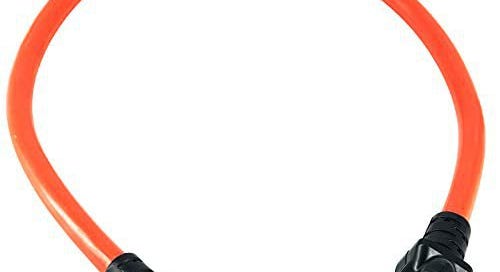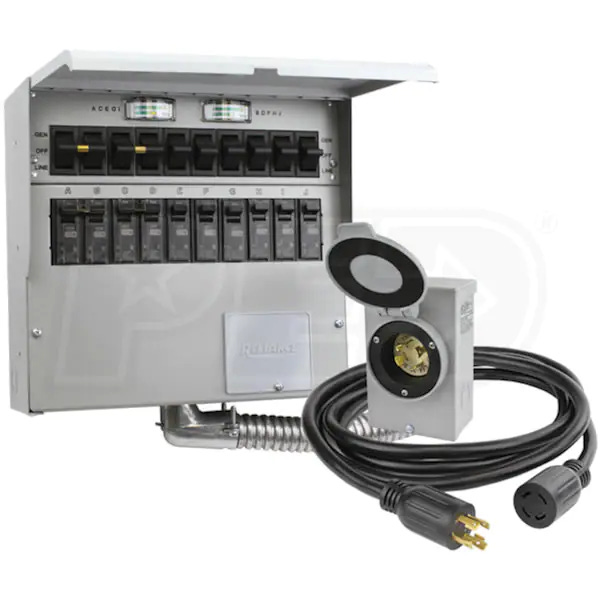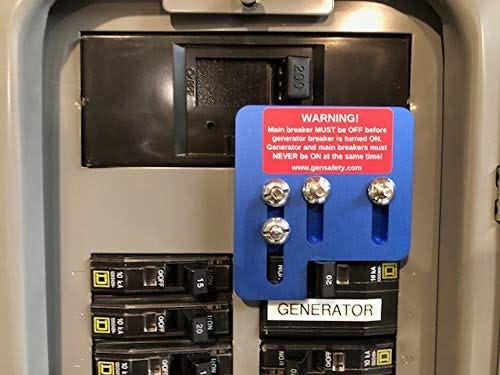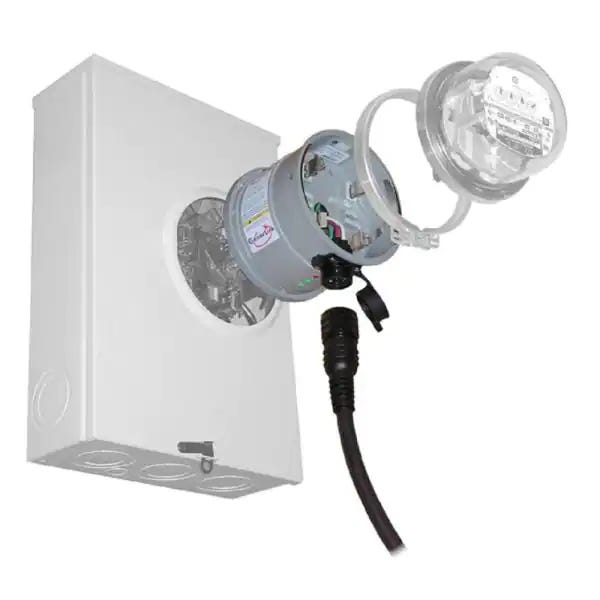Dear Mike,
I have a Honda EU3000is generator that I have used with my RV on a few occasions.
I now use it as a house backup generator when needed by connecting the two 110v outlets to two wall outlets that are on each side of the power panel, providing power to circuits o can n both sides. We do not attempt to use any 240 volt appliances when doing this, as I believe they need two phase 240 which this does not provide. And I open the main circuit breaker to the panel to kill connection to power lines before setting up.
I have done this several times over the years without any issues, but wondered if there are concerns I am not addressing. Thanks for all you do to educate us users. - Don T.
Dear Don T.
What you’re doing is using something called a suicide cord. This is named so because if you don’t do everything exactly right, you can kill a power company lineman or even yourself.
Here’s why…
What happens is that the blades of the male 15-amp plug connected to your home outlet will be energized by your generator. So if you touch the bare blades on the male plug with your hands while the generator is on you can receive a shock.
And if you forget to turn off the main circuit breaker in your home service panel, your generator can feed back into the electrical grid and energize the power company wires around your house by up to 11,000 volts. That can kill a lineman who’s working to get the power to your house back on.
Install a home generator transfer switch
This is pretty involved and requires that you go into your home service panel, so you should really hire an electrician. But it’s a great way to use a smaller portable generator to power the essentials in your house.
Or get a generator interlock to protect the linemen
If you have a 240-volt generator like my Honda EU7000is, here is an inexpensive solution. Basically, you add a 2-pole, 30-amp generator circuit breaker to your home service panel with a male twist-lock inlet that can be connected to your generator with a twist-lock extension cord. The sliding interlock forces you to turn off the incoming circuit breaker before you can turn off the generator breaker. This is what I installed at my dad’s house.
Plug and Play (if your Power Company allows it)
This automatic transfer switch is the quickest (and perhaps most expensive) emergency generator connecting system, but some power companies are installing them for free if you get a portable generator that can power your house in an outage. California is installing them in some counties, and other states are doing free installs as well, so check with your local power company.
Read more by clicking the link below
For morecdetailed info on how these portable generator connecting systems work, please read my deep dive article on it HERE.
Let’s play safe out there… Mike










PG&E in California has what they call a "BPTM" or Backup Power Transfer Meter program. PG&E installed one for free for me last summer and I am enclosing two helpful links below. They have a list of compatible generators and criteria (such as living in a high fire risk or high outage area which you need to include in your application to get a free one installed. In addition, an electrician told me that he has installed them for a fee for his customers. So far, I have had good luck with mine and I highly recommend it in favor of a panel mounted interlock (which I had before the BPTM). There are several reasons for this. First, the BPTM does not require you to trip your main breaker, you just trip all of the individual in your panel breakers and then turn on only the ones you need to power. This saves wear and tear on your main breaker (and you really don't want it fail). Second, the BTPM has status lights that tell you what is happening with your generator and the utility power. Third, when the utility power comes back on the BTPM, switches off the power from your generator and reconnects you to the utility after a few seconds delay. You then know when its time to turn off your generator which you would not know if you are using a main breaker interlock. I should also mention that the BPTM is limited to use with a 30A generator, so you can only power your essential circuits.
PG&E links:
https://www.pgecurrents.com/articles/3400-kind-technology-allows-pg-e-customers-safely-easily-connect-backup-power-homes
https://www.pge.com/en/outages-and-safety/outage-preparedness-and-support/general-outage-resources/backup-power-transfer-meter-program.html